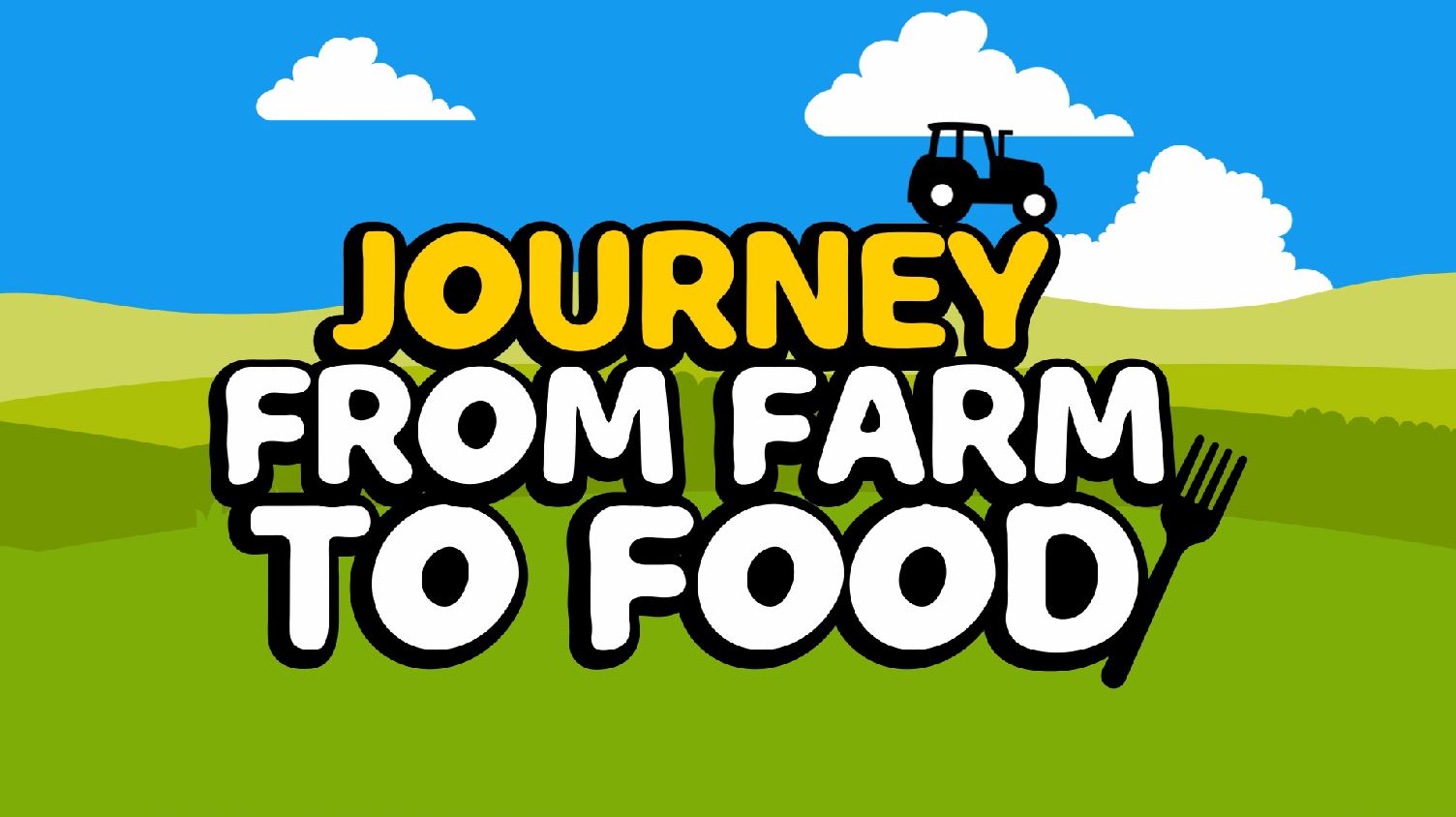Silage Bale Film Wrap
The effect of number of layers of silage bale film wrap on silage microbiological and chemical quality
The aim of this project was to demonstrate how the number of layers of film wrap applied to baled grass on farms can affect the chemical and microbiological quality of the silage.
Why is it important?
Big bale silage is an important method of preserving grass silage for winter feeding in Wales with approximately 30% of silage on sheep and beef farms preserved using this approach. Listeria is commonly associated with poor quality baled silage and is a significant cause of diseases such as silage eye in cattle and abortion in sheep.
How did the project work?
There was two stages to this project. The first examined the effect of insufficient film wrapping on silage quality. To successfully preserve silage it was essential that sufficient film was applied to the whole bale. If the correct number of wrapper revolutions was not used when aiming for 4 layers of film then areas of the bale would have been covered by only 2 layers. After five months storage the bales were assessed for film seal, visible mould, chemical composition and listeria levels.
The second part of the project examined the effect of increasing the layers of film wrap on silage quality. Bales were wrapped with 4, 6 or 8 layers of wrap and then after a six month storage period the film seal, visible mould and chemical composition was assessed.
Who did the work?
The work was done at IGER Aberystwyth.
To view the final report, click here


